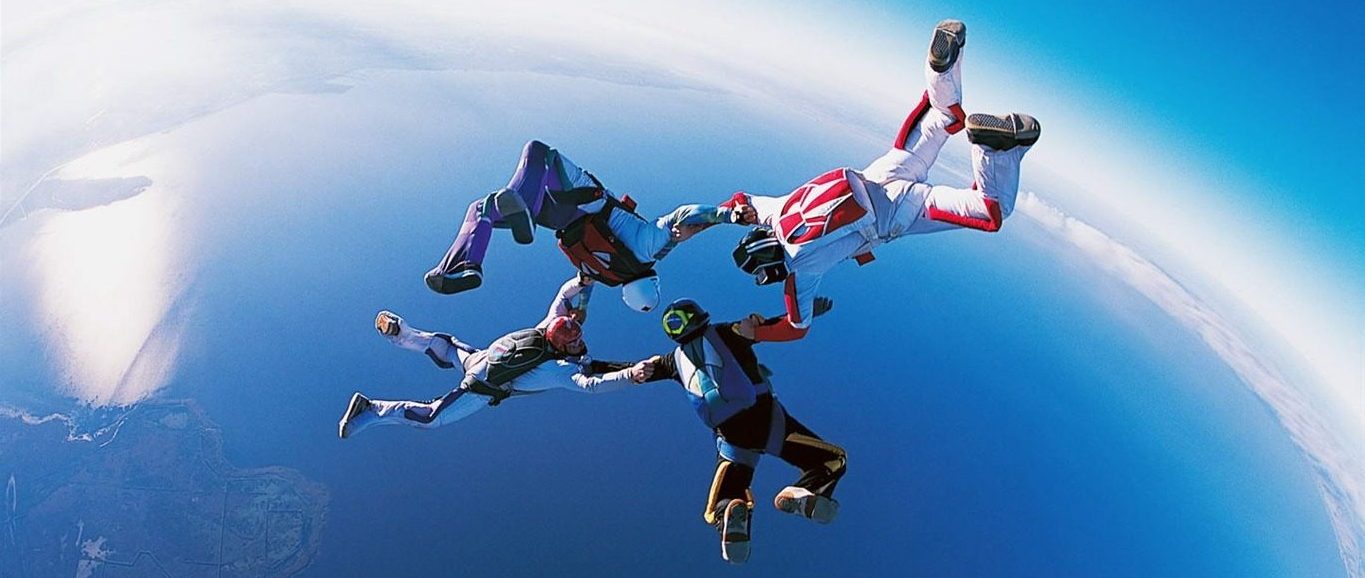Sports is a big deal across the globe. It’s one of the biggest industries in terms of revenue generation. The sports industry is expected to exceed $1 trillion by 2020. And with more than half of that revenue coming from sponsorships, it’s no surprise that marketers are looking to get more involved with sports. But what trends are we likely to see in the next five years? Here’s what you can expect:
eSports
eSports is a form of competition where people play video games against each other in an organized and competitive manner. It’s a big business, with professional teams and leagues around the world.
Many people think eSports will be one of the most important trends in sports over the next five years, because it’s growing rapidly and offers new ways for fans and sponsors to engage with their favorite teams or players.
Virtual Reality (VR) and Augmented reality (AR)
Virtual reality (VR) and augmented reality (AR) are two of the most exciting technologies in sports today. With VR, you can immerse yourself in a completely computer-generated simulation of a 3D environment. For example, if you were playing hockey with your friends and wanted to practice shooting pucks on net without actually playing on ice, then VR would allow you do that by putting on a headset that shows images of an ice rink so real it looks like it’s really there!
AR adds an overlay of computer-generated effects onto real objects or scenes – think Pokémon Go where players see their surroundings through their phone screens but also see Pokémon characters overlaid on top of those same objects or scenes as well as other players’ locations around them when they’re looking at each other through their phones too.”
Sports sponsorship is Expected to Reach $21 Billion by 2022
Sponsorship is a form of advertising where brands pay to associate themselves with sports teams, events and athletes. Sponsorships are expected to grow significantly over the next five years as they become an increasingly valuable way for brands to reach consumers.
According to research conducted by Nielsen Sports, sponsorship spend will increase from $18 billion in 2017 to $21 billion by 2022.
More Athletes Will Work in a Second Sport
You can expect to see more athletes working in a second sport. This will happen because of the increasing popularity of esports, which has led to many players making their way into traditional sports. The NFL has already started signing players who have been playing Fortnite and other popular games.
It’s likely that we’ll see some athletes double down on their careers by working in both sports and esports; this would allow them to make more money, increase their brand value and exposure (and perhaps even win).
These are the trends that will make a difference on sports
The sports world is evolving rapidly, and it’s not just due to the technology that’s developed over the past few years. The way people consume sports has changed as well.
In particular, eSports have become a huge moneymaker for both sponsors and gamers alike. In fact, an eSports team called Cloud9 recently signed a sponsorship deal with Razer–a computer hardware company–to be their official gaming accessories brand sponsor for $20 million over two years!
And this isn’t even the first time we’ve seen companies invest in eSports: Coca-Cola has reportedly invested $5 million into League of Legends teams; Taco Bell sponsored an Overwatch tournament with Blizzard Entertainment (the creator of Overwatch) back in 2017; Red Bull has sponsored multiple esports events since 2013; Toyota partnered with Riot Games to promote its new Supra model car through League Champions Korea matches earlier this year…and these are just some examples from 2018 alone!
As we have seen, sports is evolving and there are many new ways to enjoy it. The trend of eSports has grown exponentially in recent years and will continue to grow in the next five years. VR and AR are also becoming popular among athletes who want to improve their performance by using these technologies. In addition, more people will work on a second sport as an alternative career option if their main one doesn’t work out for some reason





